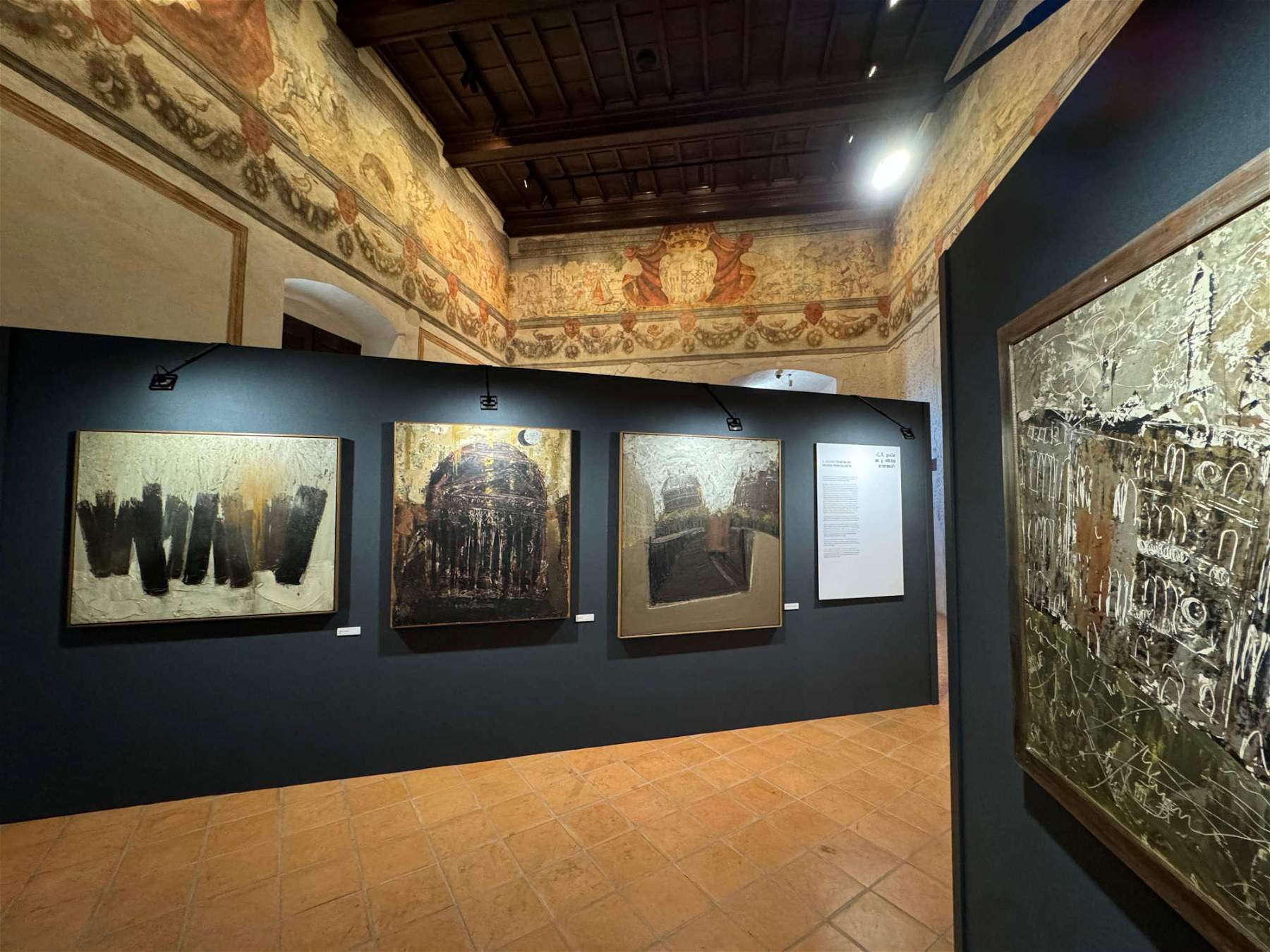Three museums in Molise document the war through the works of William Congdon
From June 21 to Oct. 24, 2024 at the National Archaeological Museum in Campobasso, the National Museum of Castello Pandone in Venafro, and the Castle of Civitacampomarano in Civitacampomarano, the exhibition “Isn’t Peace an Emergency Too?”-William Congdon and the American Field Service in Molise, 1943-1944 is presented. Within the framework of programs to enhance the local artistic and cultural heritage, the proposed exhibition event is aimed at evoking events of which the people of Molise were victims between the fall of 1943 and the spring of 1944 through the writings and images of William Congdon (Providence, 1912 - Milan, 1998), an American artist who was among the protagonists of the New York School in the immediate postwar period. True to his obligation to pass on what he saw, Condon transformed the singularity of an event into a sequence endowed with cognitive depth, intended to be understood and shared. Placed in the Castello Pandone venue, the exhibition features some 30 oil paintings by the artist, documenting the persistence of the wounds of war. In addition, a dozen drawings depicting the drama of the war, between 1942 and 1945, are housed at the National Archaeological Museum in Campobasso. In Civitacampomarano, on the other hand, a small exhibition of pastels executed by Congdon presents yet another aspect of his painting.
Of the tragic events associated with the war, the exhibition evokes a series of dedicated chapters. It thus analyzes: the presence of the volunteer ambulance association of theAmerican Field Service and their commitment to the civilian population, for which Congdon himself is a spokesman, in his memoir In the Death of One and in the drawings he executed at the site, charged with participation in human suffering; his collaboration with fellow ambulance worker and architect John Harkness, linked to the design of an urban plan for the cities of Isernia half-destroyed by bombing; his relationship with the Poles of the 2nd Army Corps with whom he shared the final assault on Cassino in May 1944; and again his return to Molise in 1946, together with a Quaker mission, to rebuild the towns destroyed by the war; or his collaboration together with fellow ambulance worker John Harkness, a prestigious architect, in drawing up an urban plan for the towns of Isernia half-destroyed by bombing; and also his relationship with the Poles of the 2nd Army Corps with whom he shared the very bloody final assault on Cassino in May 1944; and again his return to Molise in 1946, together with a Quaker mission, for the reconstruction of the towns destroyed by the war.
 |
| Three museums in Molise document the war through the works of William Congdon |
Warning: the translation into English of the original Italian article was created using automatic tools. We undertake to review all articles, but we do not guarantee the total absence of inaccuracies in the translation due to the program. You can find the original by clicking on the ITA button. If you find any mistake,please contact us.





























